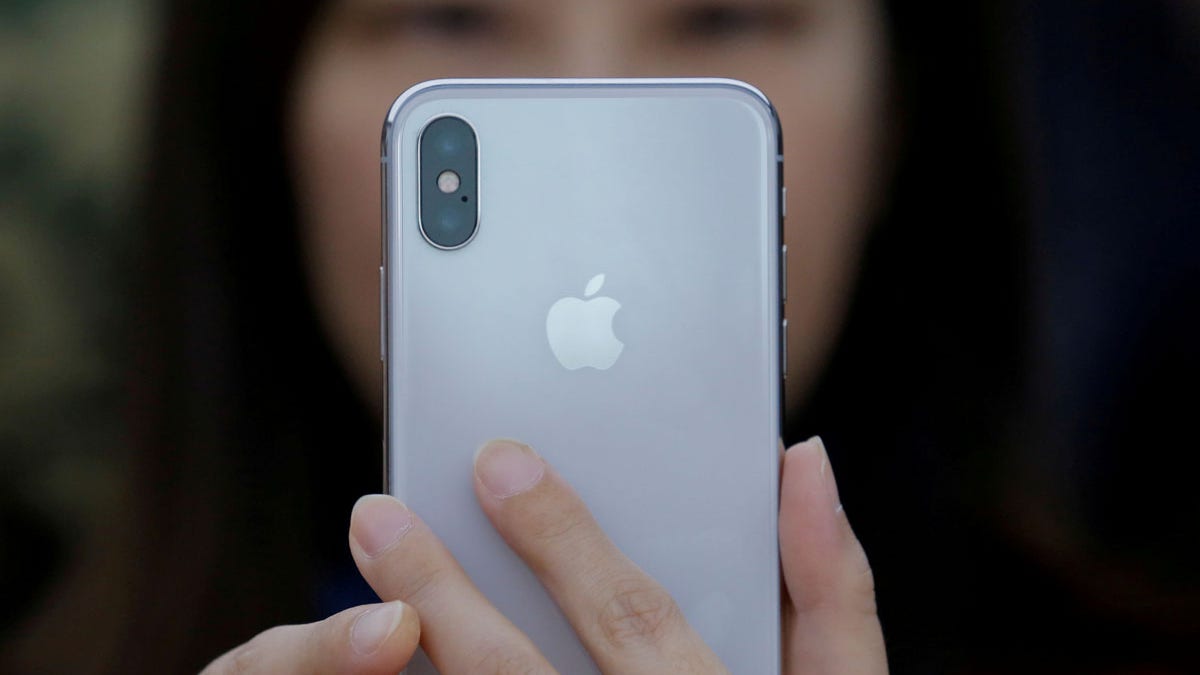
Catcher Technology, a supplier for Apple, has not kept its factory safe for workers, according to a new report. (Reuters)
The expected launch of the newest iPhones is just around the corner. If history is anything to go by, Apple will announce at least three new models come September, and we have some ideas about what to expect.
For starters, it's not entirely clear what the new naming convention will be. Last year, the iPhone 8 was the "entry level" model, while the iPhone 8 Plus sported a high-resolution, 5.5-inch screen, beefier specs, and a dual sensor setup. But what stole the show was the iPhone X, named so for the iPhone's tenth anniversary, a top-tier version with an OLED display, nearly bezeless design, and the infamous notch, which housed the TrueDepth sensors used for Face ID.
Theoretically, we could be looking at an iPhone 9, iPhone 9 Plus, and iPhone X2. But that's too logical and if there's one thing phone manufacturers like to do it's to skip numbers. Some rumors indicate that Apple could decide to call the new line the iPhone 9, iPhone 11, and iPhone 11 Plus, but that seems unrealistic. A more plausible option is for Apple to follow its strategy for the iPad and drop the numbering entirely in favor of just calling the new line the iPhone and using the X2 and X2 Plus to differentiate between sizes.
Hefty Price
More From PCmag
According to our sister site Mashable, the three phones we seem likely to get consist of a 6.1-inch model with an LCD display and a single camera, a 5.8-inch iPhone X successor, and a 6.5-inch Plus version of the X. Naturally the last one is expected to be the most costly, with a price between $900 and $1,000, while the smaller version may fall around $800-$900. The "affordable" 6.1-inch option could still cost around $700.
Familiar Design
This year doesn't seem to be one for revolutionary design changes. In the case of the iPhone 9 and 9 Plus, leaks from the FCC indicate we may see a very similar glass and aluminum body and LCD screen for the two more affordable models. From what we've seen over previous years, this amounts to some minor design tweaks, a few new colors, and perhaps a new build material (there are rumors about using a lighter and cheaper aluminum to decrease production costs). All the phones should have a glass back to take advantage of wireless charging.
In the case of the 6.1-inch iPhone, the LCD version is likely to have larger bezels in a 16:9 form factor, while the two other models will draw from the iPhone X to have an 18:9 aspect ratio and the notch to host the sensors needed for the TrueDepth camera and Face ID. There's no word on if the fingerprint sensor is likely to make a return, either on the back or embedded under the screen, but we wouldn't count on it.
Updated Specs, But Nothing Dramatic
Specs are hard to know for sure at this point, but based on leaks we can reasonably guess about some aspects of what you'll see.
Given this is a "tock" year after the big "tick" of the iPhone X, most aspects are going to stick to the basics. Apple will most likely be looking to update the already-capable A11 chipset to the A11X or A12, likely focusing on optimizing the performance of augmented reality apps and eking more frames out of high-end games. The 6.1-inch iPhone model looks like it'll have a 12MP sensor, probably the same one that's currently on the iPhone 8. The two higher-end model should have the 2x optical zoom sensor and bokeh mode capabilities. They're also likely to have better performance when it comes to AR apps.
Focus On AI
Where we may see the biggest developments is with AI voice assistants and machine learning, an area Apple has typically lagged compared with Amazon and Google. According to ExtremeTech, Apple is restructuring its AI, Siri, and machine learning divisions so with the rollout of iOS 12 we may see some serious improvements on the functionality and voice assistant capabilities of Siri.
We'll be keeping track of rumors, so stay tuned as we get closer to the anticipated September launch.
This article originally appeared on PCMag.com.




















